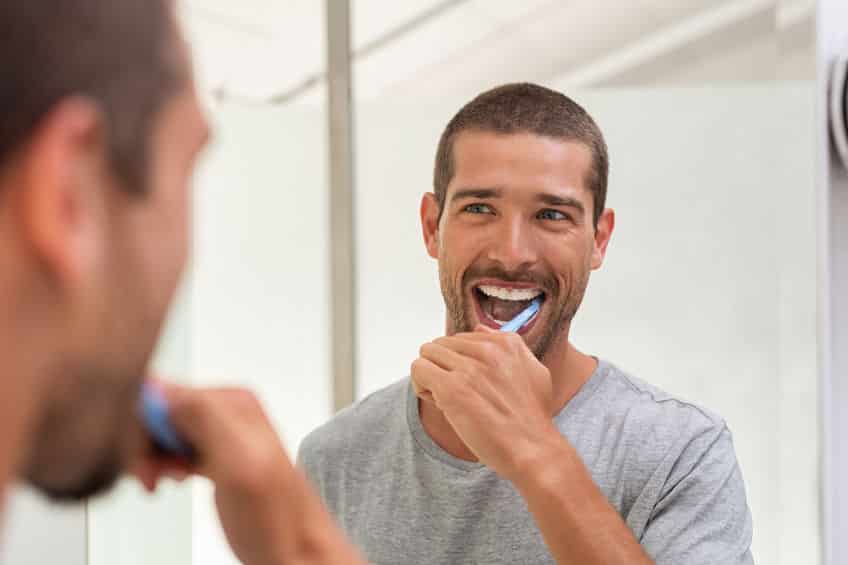The Skinny
Sweet Christopher Robin. The average toothbrush is a hygienic blessing and a potential gateway to a steady stream of germs. All of which begs the question of why toothbrushes don’t receive more care and respect. Think about it. A toothbrush is really the first line of defense against gum disease causing bacteria, bad breath and tooth decay. Besides this, the average brush goes in someone’s mouth 2 to 3 times a day, is otherwise exposed to the elements and almost always winds up extending its stay much longer than it should. Don’t frown. WellWell has collected some best practices on toothbrush care that is sure to bring a smile to just about everyone. Read on.
The Slate
Replacement
The average toothbrush starts to show wear after 40 straight days of use and should be replaced every 12 to 16 weeks, which means a person needs three to four new toothbrushes every year. Ditto for brush heads on electric toothbrushes.
Young Smiles
Children do a number on their toothbrushes because they tend to chew on bristles and handles so these brushes may need to be replaced more often.
Special Considerations
General replacement guidelines are just that—general guidelines. Toothbrushes need to be replaced more often if special considerations arise like: brushes show excessive wear, two or more people start using the same brush, you’ve been sick, several toothbrushes have been lumped together and the brush heads touch, and people start touching brush heads with their fingers.
Heads Up
As noted, toothbrushes have a relatively short shelf life. Thankfully, it is easy to spot signs of deterioration. The bristles are the key. If they are crooked, bent, falling out, shredded or have simply lost their strength, don’t wait to hit the 12- 16-week mark, move to a new brush right away.
Showing Brush Love
Beyond replacing damaged or worn-out brushes, regular toothbrush care is relatively straight forward. Rise brushes thoroughly after each us. There is no need to rise with a mouthwash or oral disinfectants. Remove any debris collecting within the bristles. Store toothbrushes in the open where they don’t touch other brush heads. Open air storage will kill any lingering germs or bacteria. Storing in a seal container only increases the risk of mold, bacteria, etc. spreading.
Eyes Up
What makes you smile when it comes to toothbrushes? Let us know at info@wellwellusa.com













